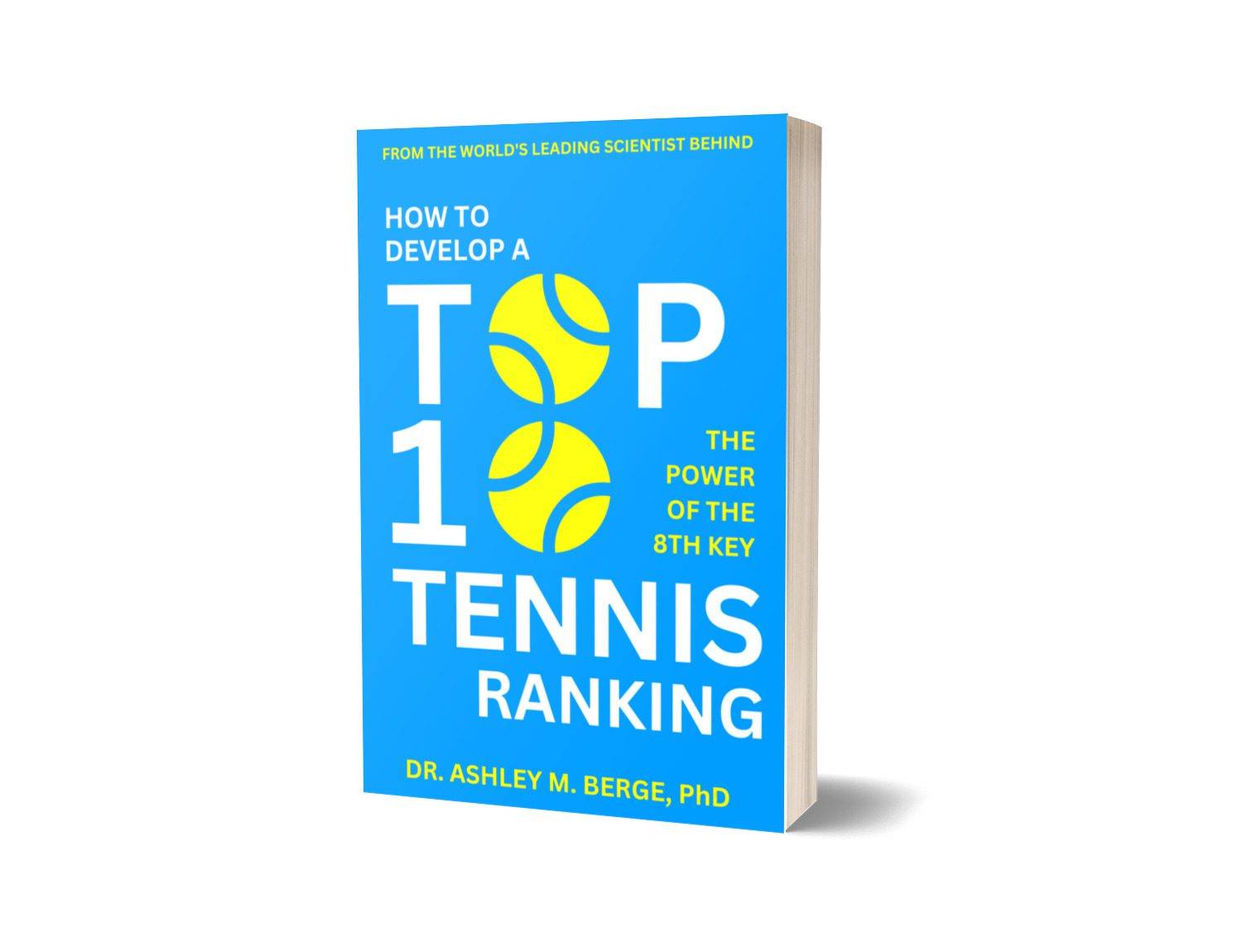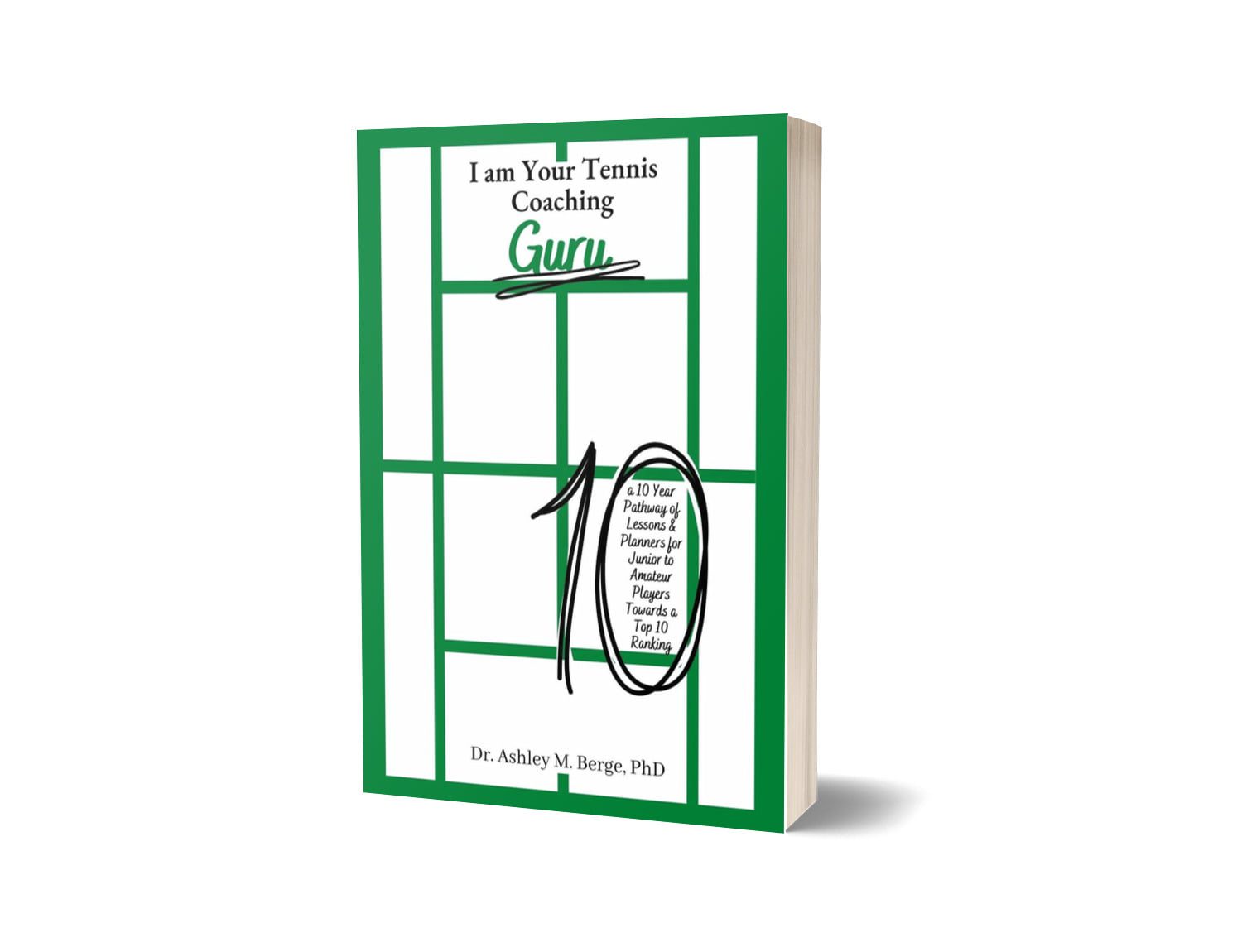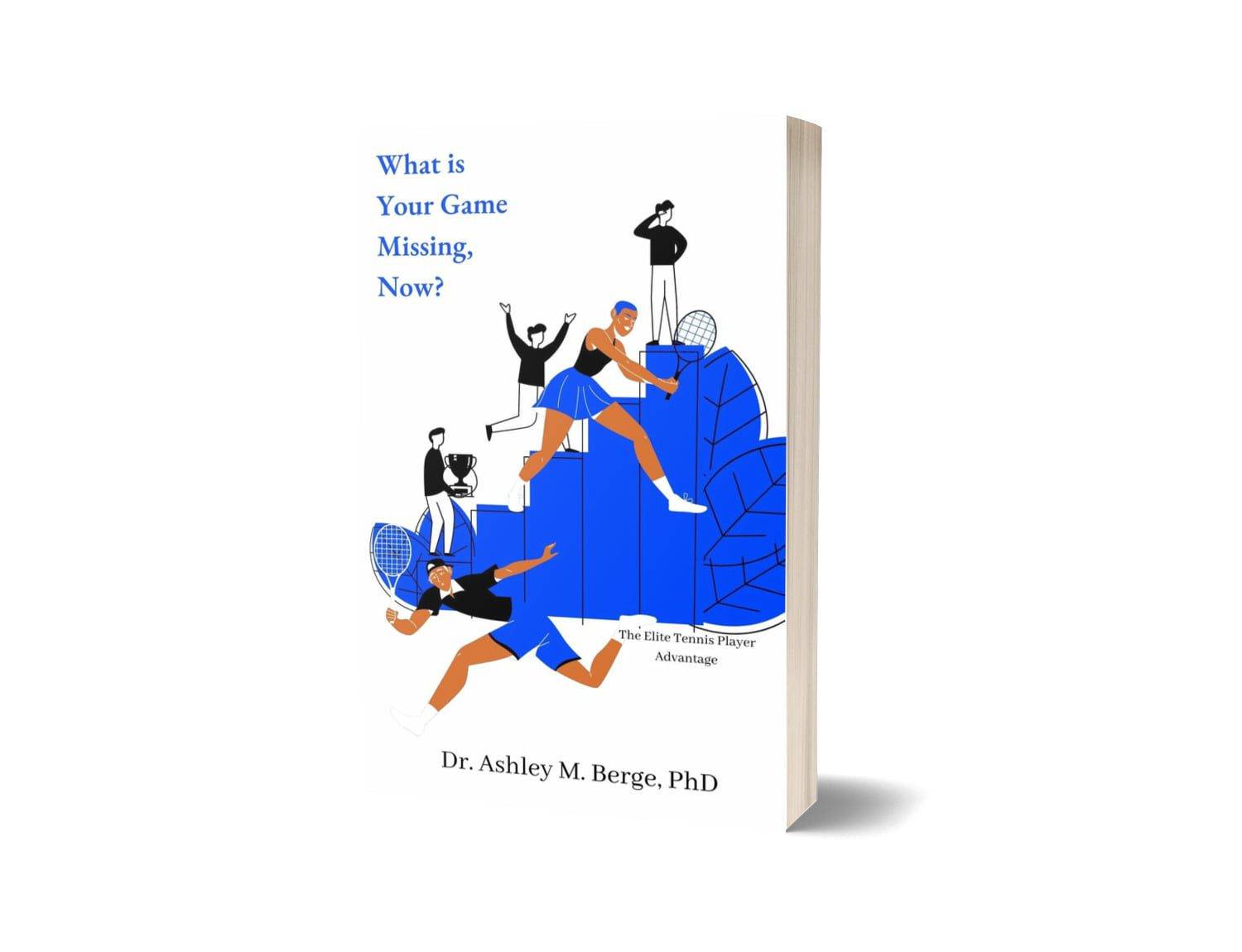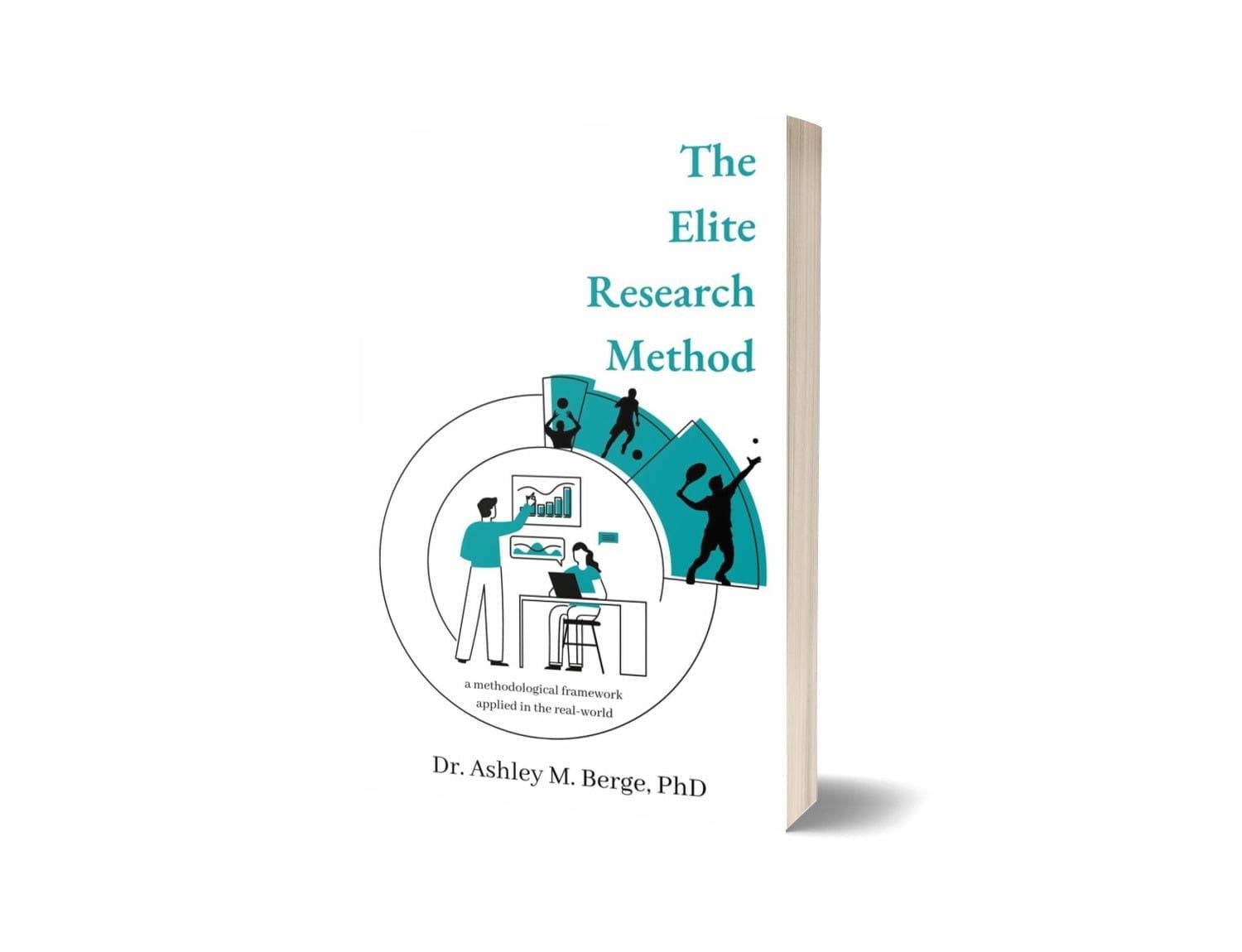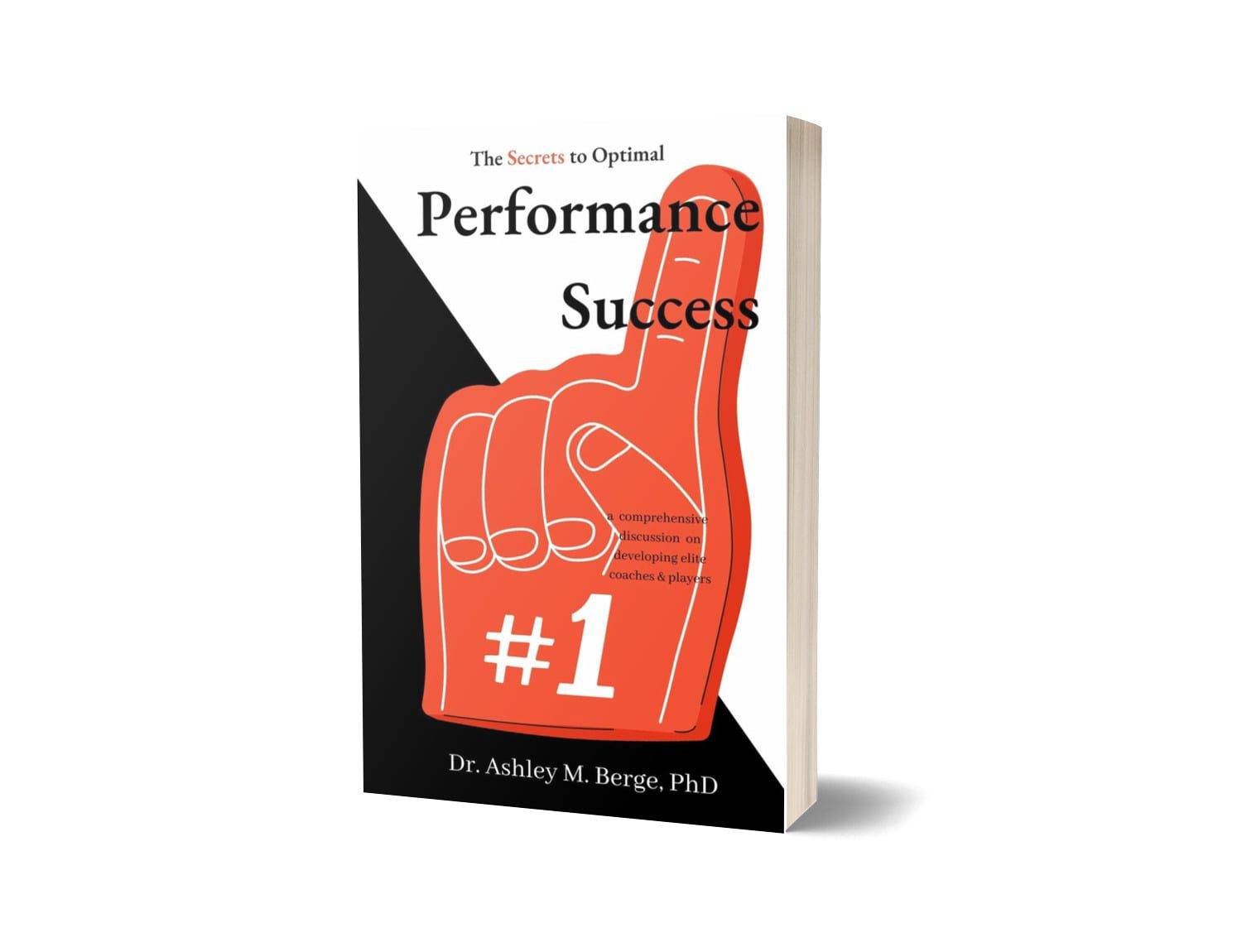
Following on from our previous discussion on the Coach-Athlete relationship and some concluding thought on this Chapter, it’s incredibly important to be mindful of how these key sections fit together in the The Secrets to Optimal Performance Success. The coach-parent relationship has to be one of my absolute favourites, although if I’m being honest, most of them are really powerful and hold equal weight. But for this particular one, it can get a little complex to misunderstood so here is a little extra clarity: no, this doesn’t necessarily mean your own parent and/or parents. Most of the time I try to include ‘guardian’ alongside parent, the same applies to player as ‘athlete’ is often featured at the same time. The thing is, some parents just aren’t going to be available due to competing priorities. This doesn’t mean for the player/athlete that their performance isn’t cared about and/or for, but it really comes down to time and/or availability. This is where it becomes important for the parents and/or guardians to have that conversation with their child to share this so they genuinely know why.
The next step from here is making sure there is someone else that can contribute towards the coach-parent relationship. After all, this is really an adult figure that can help the player/athlete navigate through some key decisions. One of these was really run home in Part 4 in revisiting Hiring and Firing Your Coach — it needs to happen sooner or later for most players/athletes and having an adult that understands them and their needs per the 7 Keys is incredibly helpful to guide the player/athlete on what’s best for them and their future endeavours.
Other segments of the Chapter were revisited in Episode 49 with some powerful associations. This includes Talent Identification and how often it does not serve the purpose of helping a player through The Pathway for the simple reason that it does not adhere to the principles of the Coach-Athlete relationship. Without these expectations being managed, these systems can be attributed towards Depression and Anxiety in Sport if too much emphasis is placed on outcomes opposed to steadily reaching that next peak performance cycle.
Nonetheless, this is just one of many varying aspects of the Coach-Athlete relationship that has behavioural implications for the developmental player/athlete and those they’re learning from — directly and/or indirectly.
This includes in-person interactions to those online and where social media plays a very ‘new’ role in a child’s development in contrast to a decade or two prior. Being mindful of these implications is incredibly important to lead by example for both parents and/or guardians and for coaches. This is where the tie to Player Behaviour can shift towards a coaches responsibility if they’re not leading by example.
Mental Stability is a constant at all stages of development and includes physical, emotional and mental wellbeing to ensure the whole athlete is considered opposed to a one dimensional view. This comes full circle to ensure both sides of the Coach-Athlete relationship are considered — the more easily management and apparent: performance based, to those that might not be as easy, oftentimes outside a coaches comfort zone: mental wellbeing. But here’s the thing, it really ‘can’ be inside a coaches comfort zone if the language is flipped to centre on mental conditioning and to work as a team to build more resilient outcomes whilst talking through expectations to ensure they remain within a manageable range. If this is not adhered to, pressure can mount quite rapidly and the player can become vulnerable to external influences.
Each child is impressionable to their surroundings and the tennis player is no different. Sure, these influences will change over the years, but the player/athelte still remains vulnerable to these susceptibilities if boundaries are not put in place.
Which brings the spotlight back to boundaries and ensuring these are in place to better protect the overall development of the player/athlete and as shared in Part 4 through referencing to negative noise and associated implications. But there is light at the end of the tunnel. In more recent years, the current Top 10 and higher stature players have started to speak out on the impact of negative noise often experienced through social media and only good things can come of this increasing level of awareness. Drawing attention towards the player/athlete and their overall wellbeing now will help put in place strategies that can be implemented in earlier years to better manage these tools/platforms whilst ideally mitigating the negative noise — irrespective if a player is ranked inside the Top 10, Top 50 or is a developing player. Players/athletes deserve a safe space to perform and the ability to quiet unwanted noise.
To learn more about our data, predictive analytics and how to optimise your own performance, head on over to AM8 International. To learn more about AM8 International check out our selection of Books and/or options to join Dr B’s Pack to gain exclusive access to the best in the world. Not quite ready? Head on over to Beyond Top 10 Tennis for free access to 100+ episodes directly from Dr Berge of what it really takes to win multiple Grand Slams to securing that Top 10 tennis ranking with new episodes each week. More? Catch up on our Tips over on TikTok, Twitter, Threads or Instagram for quick snippets to apply in your game, today.
